Why Commissioned Musical Works Cost So Much
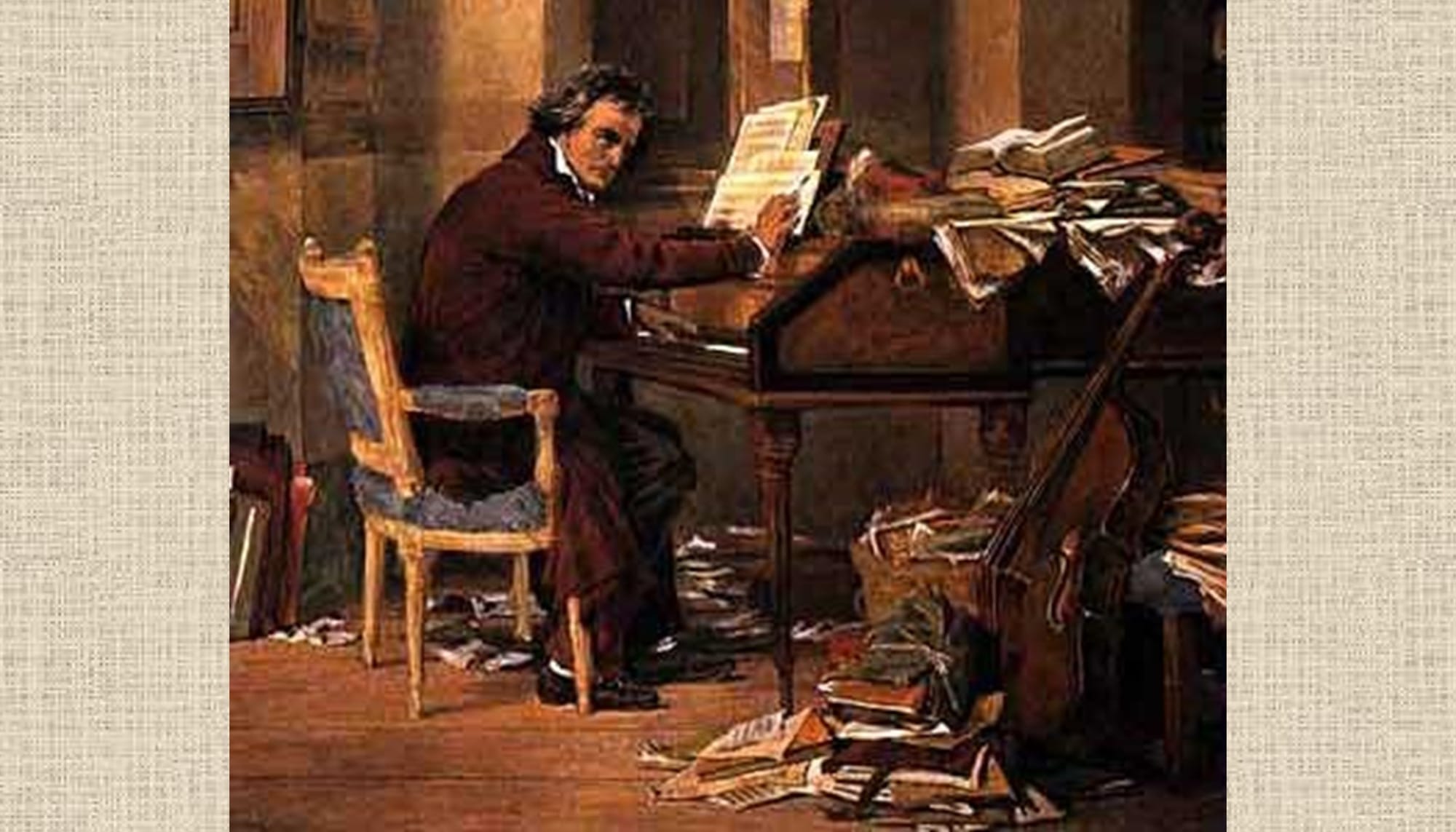
In music, a commissioned work is a piece of music that has been written for a particular person or ensemble. The composer is chosen and contracted to write solely for the contracting ensemble. The work belongs to the commissioning entity and is not to be performed by any other group. Often, the commissioning group will give the piece a title and some other general guidelines as to what the piece should sound like, and perhaps which parts are to be featured, such as an oboe or alto solo. Also, in the contract will be parameters as to how much input the commissioning group will have and how much creative license the composer will have. If the commissioning group requires a lot of input, the price may be high. If the composer has a free head, the cost won’t be as high.
Commissioning new music is a vital part of enriching the musical repertoire for concert bands, choral groups, and string orchestras. However, commissioning a composer to create a new piece can be expensive. Many people, especially those who aren’t familiar with the process, wonder why these commissioned works come with such a high price tag. The reasons for these costs are numerous, and they extend beyond simply writing down notes on a page.
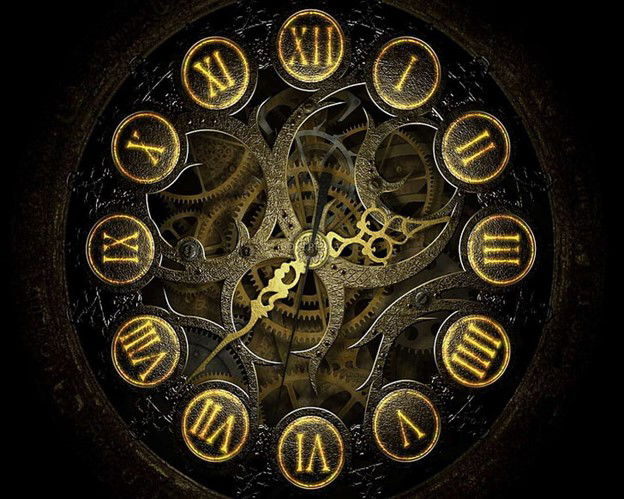
1. The Time Commitment
Creating a new, high-quality musical composition takes a tremendous amount of time, just for the creation of the work alone. Later paragraphs will expound the other time that it take to create such a composition. Composers often spend weeks or even months crafting a piece of music. The procedure involves a deep understanding of the ensemble for which they are writing, careful consideration of how the instruments or voices will work together, and refining the work to ensure it meets the desired artistic vision.
Much like any other highly skilled profession, the time invested in creating an original work is significant, and composers need to be compensated fairly for that time. A short piece may take 50-100 hours of work, while longer, more complex compositions could easily take hundreds of hours.
That 50-100 hours of work is just for the composition itself. If it is a piece for concert band or full orchestra, making sure that the parts are laid out correctly can take many more hours of work, especially if there are page turns or other considerations. At the end of this article, I’ve included a Sample Process that shows the highlights of what I do when composing a piece.
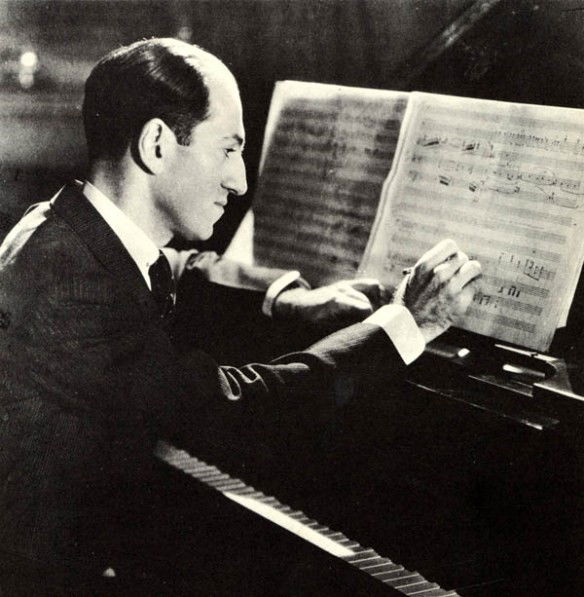
2. The Skill and Expertise of the Composer
Composers are artists who have spent years, if not decades, honing their craft. Writing music for an ensemble requires not only creativity but also a deep understanding of music theory, orchestration, and arranging. Each commissioned piece is unique, often tailored to the strengths and needs of the commissioning group. This customization requires an experienced composer who understands both the artistic and technical demands of the ensemble.
Much like hiring a skilled architect or designer, you are paying for the expertise and experience of the composer. The more well-known and established the composer, the higher their fee may be, just as more prominent visual artists or architects command higher rates.
The expertise required to be a great composer is gained through education, which includes not only things like music theory, but also knowledge of instrumental construction, playing methods, capabilities and limitations, vocal techniques, capabilities and limitations. In addition, it includes the in-depth analysis of different music styles by a variety of composers, from different time periods.
The experience that a great composer must have should encompass a wide variety of music styles, by a variety of composers, on a variety of instruments and vocal parts. And, of course, it would include composing and arranging for an assortment of vocal and instrumental groups, and, ideally, having them sung and played for the public somehow.
Neither expertise nor experience takes a short amount of time. It probably encompasses years of the composer’s life. And neither one would be achieved cheaply. There are costs involved in going to college or attending continuing education classes, and belonging to any number of choral and instrumental groups, especially community groups.
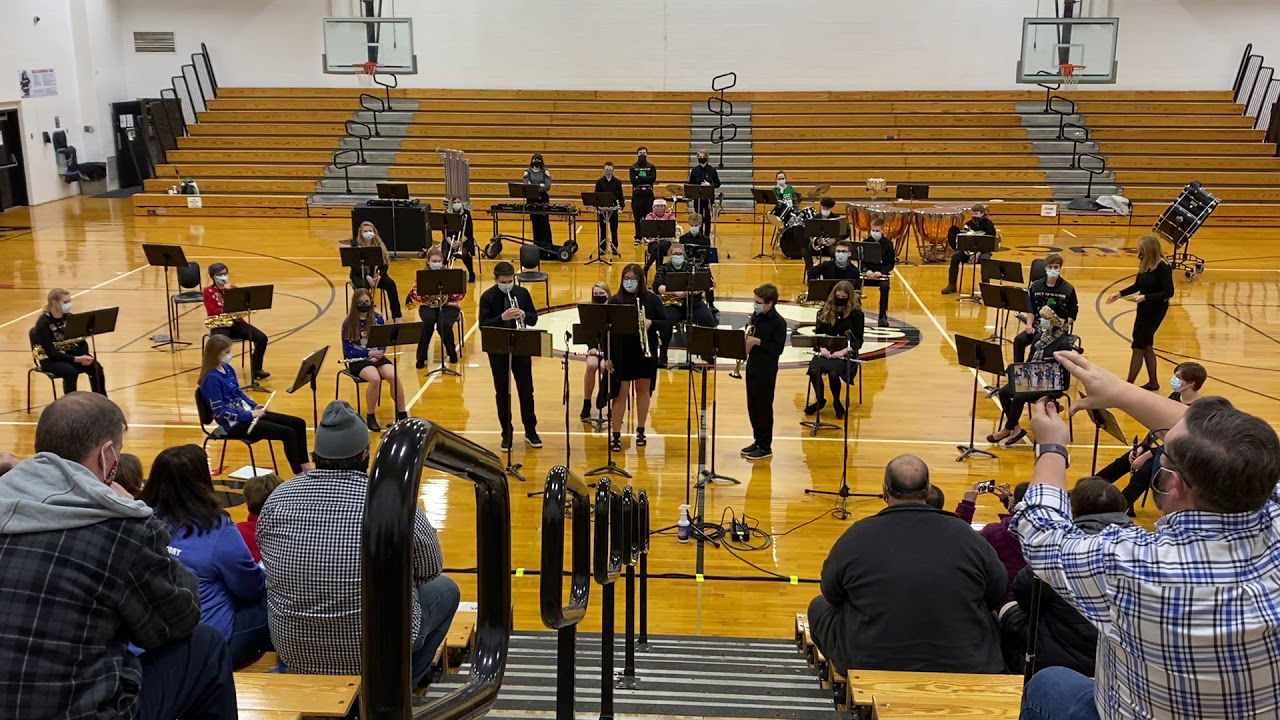
3. Customized for the Ensemble
A commissioned work is often tailored specifically for the ensemble commissioning it. This could mean writing music that highlights particular strengths of the group, such as featuring certain instruments, accommodating for the vocal range of a choir, or writing in a style that complements the ensemble’s character. For string orchestras, for example, the composer might write something that takes advantage of the unique sound qualities of their string sections, while for a choral group, the music might need to be adjusted for the voices in the group.
This level of customization makes the piece unique and personal to the ensemble, but it also adds to the time and skill required to create it.
As stated before, the customization of a piece requires the understanding of a great number of criteria for voices and instruments, and takes a lot of time and experience to gain.
4. Length and Complexity of the Work
The complexity of the music also plays a role in the cost. A longer piece with multiple movements, intricate harmonies, and complex rhythms will naturally require more time, knowledge, and experience to compose than a short, simple work. Larger concert band or orchestral works that involve many instruments need to be carefully orchestrated so that each part works together harmoniously. This complexity adds to both the time and expertise required.
Choral works may require attention to text setting, vocal ranges, and intricate harmonies that are unique to writing for voices. Some choral works, by their nature, might call for non-vocal things like clapping, stomping or simple percussion instruments such as a triangle or finger cymbals. It may also involve parlando, the method of speaking the lyrics instead of singing them. These additional layers of complexity can increase the amount of work a composer must do, which in turn raises the cost.

5. Revisions and Collaboration
Many commissioned pieces require revisions after the initial draft. Once the ensemble begins rehearsing the piece, they may request changes to make certain parts more accessible, or to better fit the ensemble's abilities. This back-and-forth between the composer and the commissioning group is an important part of the process, ensuring that the final work is something that can be performed well and will be enjoyed by the audience.
This collaborative practice can be time-consuming, but it is essential to creating a successful piece. Each revision and adjustment takes time, and this is another reason why commissioning a piece is often expensive.
Another, sometimes unfortunate, aspect of the revisions and collaborations process can be a severe artistic difference. For example, let’s say that a string orchestra has commissioned a work to portray a ship at sea, first sailing peacefully, then encountering a storm and subsequently surviving the storm. The commissioning group, especially the director, has an idea of how the storm should sound, and the composer insists that it should sound a different way. In the best-case scenario, a sample of both could be created and played for an audience to see which they deem to sound better. It would also give the string orchestra a chance to see which version is better to play.

6. Rights and Royalties
When a piece of music is commissioned, the question of rights and royalties often comes into play. The commissioning group usually pays for the right to premiere the work, but the composer retains the copyright to the music. This allows the composer to continue to profit from the piece through future performances, recordings, and sales of the score.
This arrangement allows composers to continue making a living from their work, even after the initial commission has been completed. In some cases, the commissioning fee may be higher if the group wants exclusive rights to perform the piece for a certain period.
At Salt Cellar Creations, we offer a hybrid version of this issue. We can compose a piece for an ensemble or individual, but charge only three or four time the usual sales price for concert band and string orchestra pieces. Choral pieces, which normally cost only $2 - $4 each, would be priced higher. Because of the inexpensive nature of the choral music, this hybrid price would be 100 times the normal per piece price, which is still much less that a full commissioned price.
If for example, a concert band piece that would normally sell for $75.00 is composed for a particular band, it would cost only $300 instead of a commissioned fee of $1,500. It would be available to the originating group until a month or two after the concert in which it would be played, thus guaranteeing that the piece could not be played by any other group. After that, Salt Cellar Creations would put it up for regular sale.
7. Supporting the Arts and Creative Work
Finally, commissioning new music is not just about paying for a finished product; it is about supporting the arts. Composers rely on commissions as one of their sources of income, and without the support of ensembles willing to commission new works, the music world would stagnate. The cost of a commissioned work reflects the value of the artistic creation and the livelihood of the composer.
Commissioning music is an investment in the future of the art form. By supporting composers, we ensure that new, innovative, and exciting works are being created for future generations to enjoy.
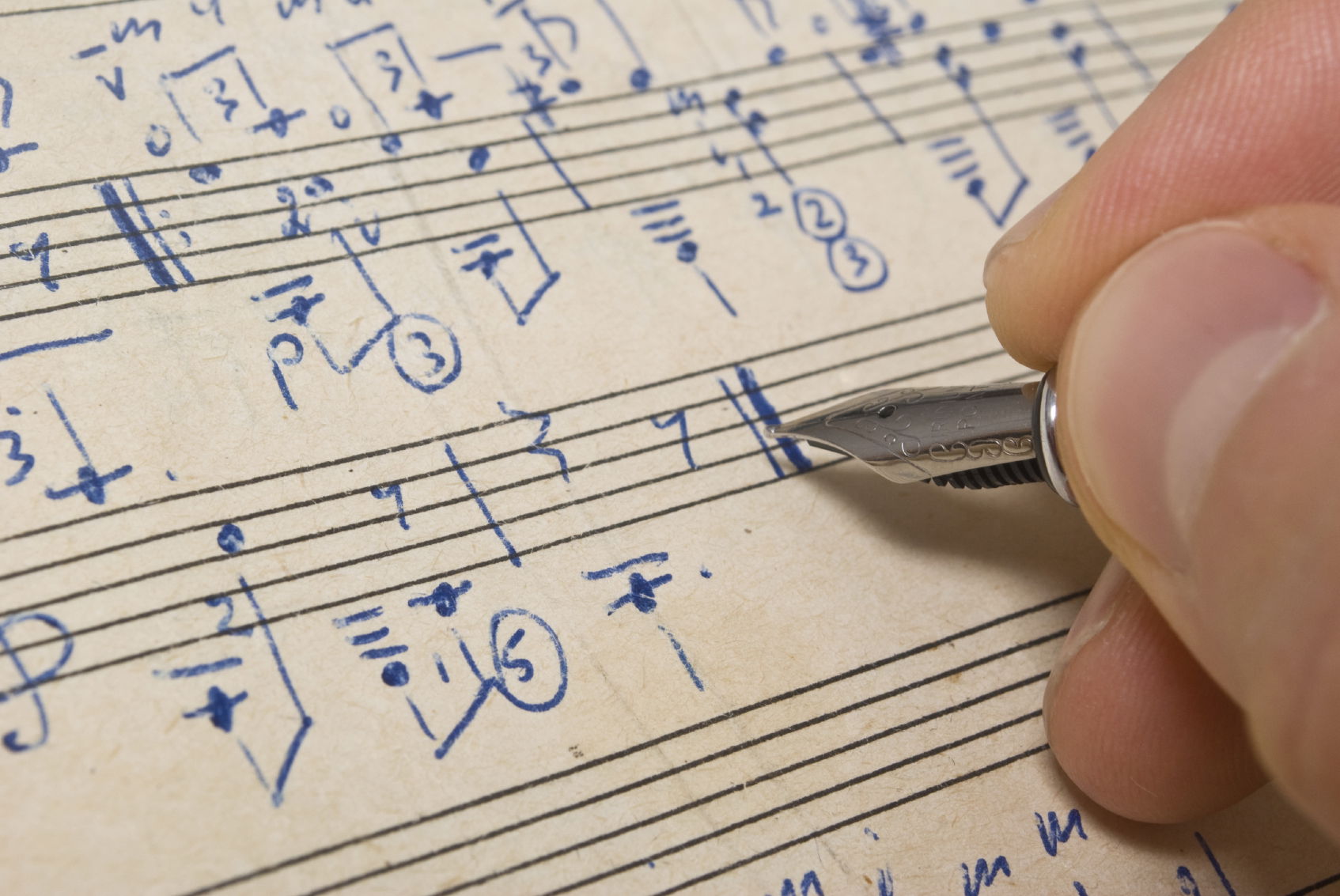
Sample Process Here are highlights of the process that I use to create a new piece.
- In order of difficulty, choral works are easiest, not to say that any new composition is truly easy. They usually have four traditional parts – Soprano, Alto, Tenor and Bass. Some, of course, have other combinations – four female parts, four male parts, etc. For most choral compositions for schools, there is only the vocal parts and a piano part. This is because if the piece is used in a competition of any sort, there is nothing to color the ensemble’s performance. In this type of composition, the vocal and piano parts are all on the same page and do not need to be written separately as would be done for any type of bands or orchestras. At Salt Cellar Creations, we most often include a separate piano score to make it easier for the pianist to play and have much fewer pages to turn.
- The next level of difficulty in score writing is a string group, whether string orchestra, quartet, trio, or other combination. This is simply because there are fewer parts to extract and edit. After the conductor’s score is complete, there are, generally, five parts to edit, at most.
- For a band or orchestra of any sort, after the conductor’s score is complete and edited, there may be as many as thirty separate parts to extract and edit for clarity, including allowing for page turns. If any corrections to the score or parts needs to be made, it is necessary to be sure that the changes are made in both the part and the conductor’s score. Many newer music writing programs include the ability to automatically change one part when another is changed, but it’s always best to make sure those changes have really been made.
- In any music that we offer for sale, Salt Cellar Creations includes a set of cover pages that include a graphic of some sort, all necessary copyright and other legal information, a brief description of the piece and its inspiration, a list of available parts, and a section for the conductor containing special instructions for any tricky spots, alternative fingerings, and other pertinent things to watch out for.

Here is a short checklist that I use to make sure that everything is in order on my compositions and arrangements:
- CONDUCTOR
Edited
Top Left - "Full Score" (18 pt.), Duration (12 pt.)
Top Right – Composer
Bottom Center © John R. Daniels, All Rights Reserved Including Public Performance, soli Deo gloria
Conductor format 8x11, 8x14, 9x12
Conductor as pdf
- PARTS
Parts extracted and checked
Top Right - Composer
Bottom Center - © John R. Daniels, All Rights Reserved Including Public Performance, soli Deo gloria
Parts as pdf - FRONT COVER PAGE
Graphic w/ © notice
Title
Composer © - INSIDE FIRST PAGE
Title
Composer
Description ("sell")
Notes to Conductor, if any
Instrumentation (Other arrangements available, if appropriate)
Composer ©
Contact Info.
Copyright Reminder
Soli Deo gloria
Cover pages as pdf - Cover pages, score, (and parts) etc. merged
Conclusion
After this study of all that it takes to create a unique, customized composition, it should be clear that the high cost of commissioning musical works for concert bands, choral groups, and string orchestras is, in reality, a fair and sensible cost for such a work. It reflects the time, skill, expertise, and customization involved in the process. Composers dedicate countless hours to creating a distinctive piece of art, tailored specifically for the commissioning ensemble. By supporting these composers through commissions, we are investing in the future of music and ensuring that the repertoire continues to grow and mature.
Salt Cellar Creations understands the beauty and power that music can impart. We have a growing library of original works and arrangements for Concert Bands, Choral Groups, String Orchestras and More. Explore the offerings HERE.
SCC can also compose an original piece for you or do a custom arrangement for you. There are two ways that this can be done; one is much more affordable than the other. And SCC is always looking for ideas of pieces to arrange or suggestions for original pieces.
We have sold music not only in the US but in Canada, the United Kingdom, France, Australia, New Zealand, Austria and Germany. Please visit the WEBSITE or CONTACT US to let us know what we can do for you!